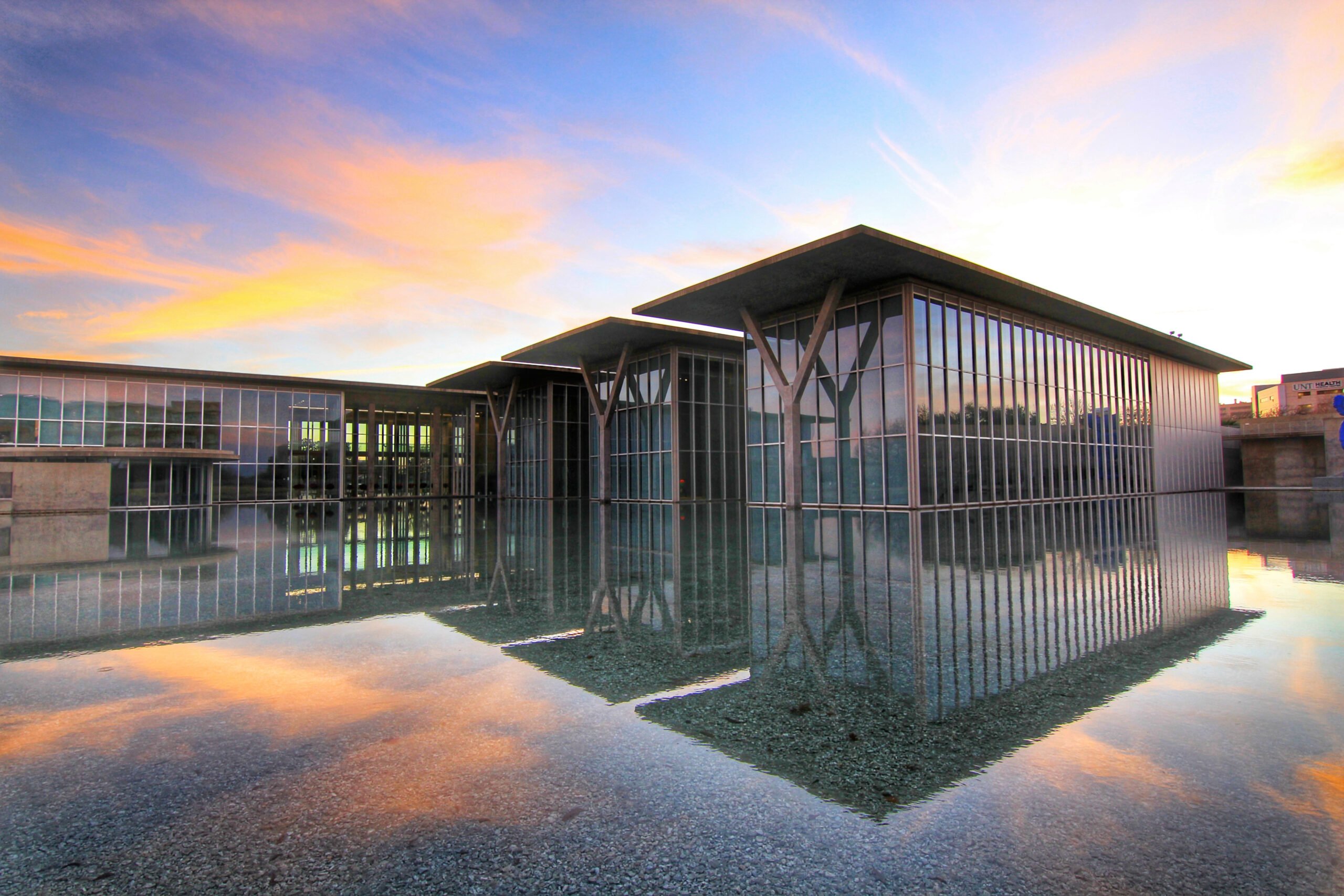ustxtxb_obs_2002_03_15_50_00005-00000_000.pdf
Page 26
Above: See-through TV prevents hiding contraband *1″ -14,M+Rh4s, 1,01.5714,;7Z. 42’44’1,4 Ofhlvh, $47.1i V;t4 -“.;; f,11,1fa, Below: Five varieties of razor ribbon Photos by Anne Farbman eait,fikz ivr” 46.2.00,9,!: firselitidadogio bition is making consumer goodseverything from televisions to toothpaste tubestransparent, to prevent hiding contraband. The other obvious trend is high technology. The future of surveillance and controlthe two imperatives of correctional technologyis not towers and shotguns. On display here are iris scanners, mail scanners, laser proximity scanners. Wayne Barte’s agency, the OLETC, shepherds police and correctional technology from the development phase through manufacture and marketing, working with a variety of companies, ranging from old-school defense contractors like Raytheon to start-ups, like Arritech drug-testing. OLETC also sponsors the famed Mock Prison Riot, an annual showcase held at the former West Virginia State Penitentiary At the demonstration, manufacturers and riot response teams can try out new techniques and equipment in staged “disturbances.” The prisoners, played by police and correctional academy students, suit up in training armor and enact plausible scenarios, which the trainee teams attempt to control with everything from remote-control smokescreen dispensers to refrigerator-sized portable cells. The high-tech turn disturbs some in the reform community, who worry about civilian applications of the new devices. Frequently, activists speak of a “Prison Industrial Complex,” an “increasingly symbiotic relationship between private corporations and the prison industry” as one California-based group defines it. Nervously, they watch the social effects of this relationshipfrom the adaptation of correctional models to social programs, to the crossover in technology “The military gave us reasons to develop certain types of technology that found their way into everyday use,” explains Tamara Serwer, a prison advocacy lawyer with the Georgiabased Southern. Center for Human Rights, who spoke at a “counter-conference” sponsored by a coalition of ACA critics and prison reform groups. Some have been beneficial, like the Internet; others, like nuclear power, have been a nightmare. “[Prisons] need to know everything around themidentities, locks, every door and bed,” Serwer says. “What’s the normalized use going to be for us?” Serwer is not the only observer worried about the spillover of corrections technology into the free world. In May of 2000, the Department of Justice released an alarming essay by Dr. Tony Fabelo, director of the Texas Criminal Justice Policy Council, entitled “Technocorrections”: The Promises, the Uncertain Threats. Fabelo saw “technocorrections,” defined as “the poten tial offered by the new technologies to reduce the costs of supervising criminal offenders and minimize the risk they pose to society,” as a force capable of changing the nature of correc tional philosophyand a potential threat to democracy as well. Many of the developing technologies Fabelo surveyed were aimed at identifying, monitoring, and pharmacologically treat ing individuals outside of prison. Fabelo praised the technology’s potential to ease the load on the prison system by allowing more offenders to be released than with traditional supervision. continued on page 31 3115/02 THE TEXAS OBSERVER 5


